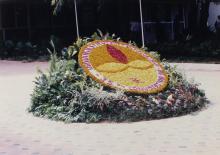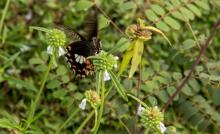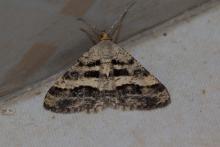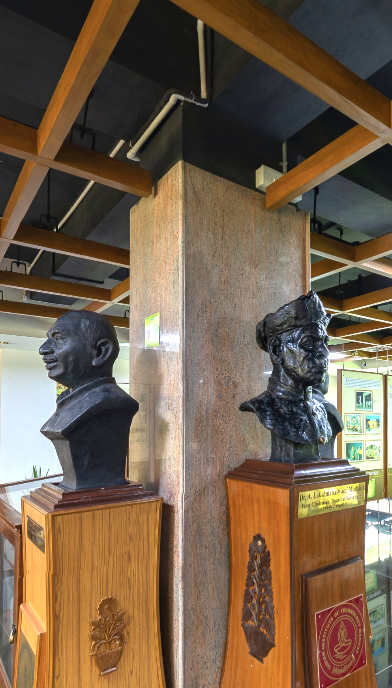Audience members at the 35th Convocation, 1998

- Photographs , 1990s
The Heritage Centre would be grateful to receive more information regarding this photograph. This section will be updated when we have more details.
At the 35th Convocation, 1998

- Photographs , 1990s
The Heritage Centre would be grateful to receive more information regarding this photograph. This section will be updated when we have more details.
Mr. Krishan Kant presents a special merit prize to a graduating student at the 35th Convocation, 1998

- Photographs , 1990s
The Heritage Centre would be grateful to receive more information regarding this photograph. This section will be updated when we have more details.
Prof. R. Natarajan presents a degree to a student, 35th Convocation, 1998

- Photographs , 1990s
The Heritage Centre would be grateful to receive more information regarding this photograph. This section will be updated when we have more details.
A section of the audience at the 35th Convocation, 1998

- Photographs , 1990s
The Heritage Centre would be grateful to receive more information regarding this photograph. This section will be updated when we have more details.
Mr. Krishan Kant is assisted with his convocation robes, 1998

- Photographs , 1990s
The Heritage Centre would be grateful to receive more information regarding this photograph. This section will be updated when we have more details.
Prof. R. Natarajan hands over a degree to a student during the 35th Convocation, 1998

- Photographs , 1990s
The Heritage Centre would be grateful to receive more information regarding this photograph. This section will be updated when we have more details.
A moment from the 35th Convocation of IIT Madras, 1998

- Photographs , 1990s
The Heritage Centre would be grateful to receive more information regarding this photograph. This section will be updated when we have more details.
Mr. Krishan Kant interacts with faculty members, 35th Convocation (1998)

- Photographs , 1990s
The Heritage Centre would be grateful to receive more information regarding this photograph. This section will be updated when we have more details.
Mr. Krishan Kant and Prof. R. Natarajan at the 35th Convocation, 1998

- Photographs , 1990s
The Heritage Centre would be grateful to receive more information regarding this photograph. This section will be updated when we have more details.
Prof. R. Natarajan at the 35th Convocation, 1998

- Photographs , 1990s
The Heritage Centre would be grateful to receive more information regarding this photograph. This section will be updated when we have more details.
A floral version of the IIT Madras logo at the Student Activities Centre, 35th Convocation, 1998

- Photographs , 1990s
The Heritage Centre would be grateful to receive more information regarding this photograph. This section will be updated when we have more details.
Leucas Aspera

- Photographs
Plant
Golden weave geometer

- Photographs , Flora & Fauna
The geometrid moths belong to the family Geometridae. Interestingly, (according to Wikipedia), “their scientific name derives from the Ancient Greek”, where ‘geo’ is derived from the Greek word for ‘the earth’, while ‘meter’ is derived from metron the word referring to ‘measure’. This name (literal translation - earth-measurer) has specifically been given owing to the fact that the larvae, ‘inchworms’, move in such a fashion that they seem to be measuring the earth. According to Wikipedia, it is a very large family, with over 23,000 species of moths described. They are found almost all around…
Citrus fruit piercer — female

- Photographs , Flora & Fauna
The female moth, according to Wikipedia has a wingspan of about 90-110 mm, while that of the male is 80-94 mm. The body is approximately 5 cm long. According to the Pestnet website, “The moth has a feeding tube (proboscis) that is up to 25 mm long, barbed and strong enough to penetrate tough rind of fruits and to suck out the juices.” The holes that they make in fruits provide an entry point for bacteria and fungi. According to Pestnet: “The caterpillars are dark brown to black when together in large numbers, and pale yellow to green when solitary. The pupae develop in silken cocoons on…
- Contribute
to the Centre -
Monetary
Support - Digital
Material









